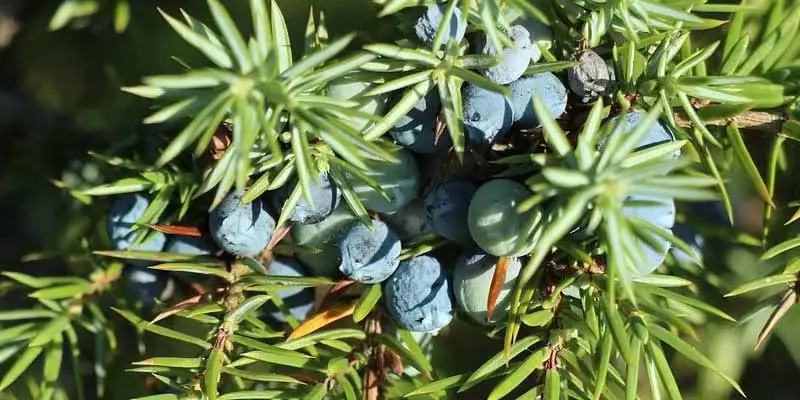Juniper is a slow-growing plant that takes a long time to mature. Because of these factors, the juniper is not an ideal plant for novice gardeners. However, it can be a great addition to your yard if you have experience growing plants or have extra patience for slow-growing plants.
In this article, we will discuss what type of soil and sun conditions are best for Juniper, as well as how and when you should plant them in your garden or yard!
When To Plant Juniper?
Like many plants, juniper can be grown in a variety of climates. In fact, it’s one of the few evergreen shrubs that can tolerate almost any type of soil and grow well in full sunlight or partial shade. But if you’re looking to plant juniper and don’t know when to do it, there are a few guidelines that will help you prepare your landscape for this beautiful evergreen shrub.
Junipers are often planted in early spring (March or April) or late summer (September or October). This is because those are two optimal times for planting trees and shrubs because the ground has warmed up enough for the roots to start growing but not so much that they’ll get damaged by freezing temperatures during winter months.
It’s also important to wait until after winter rains have ended before planting since wet weather can damage your new plantings.
Where Is The Best Place To Plant Juniper?
Junipers should be planted in a sunny location with well-drained soil. Juniper is not fussy about soil type or pH, but it does prefer sandy or rocky soils with good drainage. Avoid planting junipers in poorly drained areas that are prone to flooding or poor drainage during wet seasons.
Junipers can also be planted in containers, but they need plenty of room and must have well-drained soil as well as regular watering during the growing season.
What Is The Best Month To Plant Juniper?
Junipers are typically planted in the spring months (March through May), but you can also plant them in the fall months (September through November). While they will tolerate colder temperatures, they do not thrive during these times of the year.
They tend to go into dormancy when temperatures drop below 40 degrees Fahrenheit at night or when temperatures rise above 80 degrees Fahrenheit during the day.
How Long Does Juniper Take To Grow?
In terms of growth, the juniper is a slow grower. They need full sun and well-drained soil to thrive. Junipers are hardy plants that grow best in USDA zones 4-8 and require little maintenance once they’re established.
Even though juniper can be grown indoors as a houseplant, it will not reach its full potential as a bonsai tree until it is planted outdoors into a garden or terrace. It should be planted with care because the needles on this evergreen plant will release an unpleasant odor when brushed against by animals or humans.
This means you should keep your pets away from your juniper while you are working on its design! As long as you follow these tips on how to grow junipers properly, yours will flourish into an impressive work of art within just one season!
Conclusion
So, when should you plant a juniper? The answer depends on your climate and the size of your juniper. Most people wait until spring to plant because they don’t want to deal with freezing temperatures and snow.


